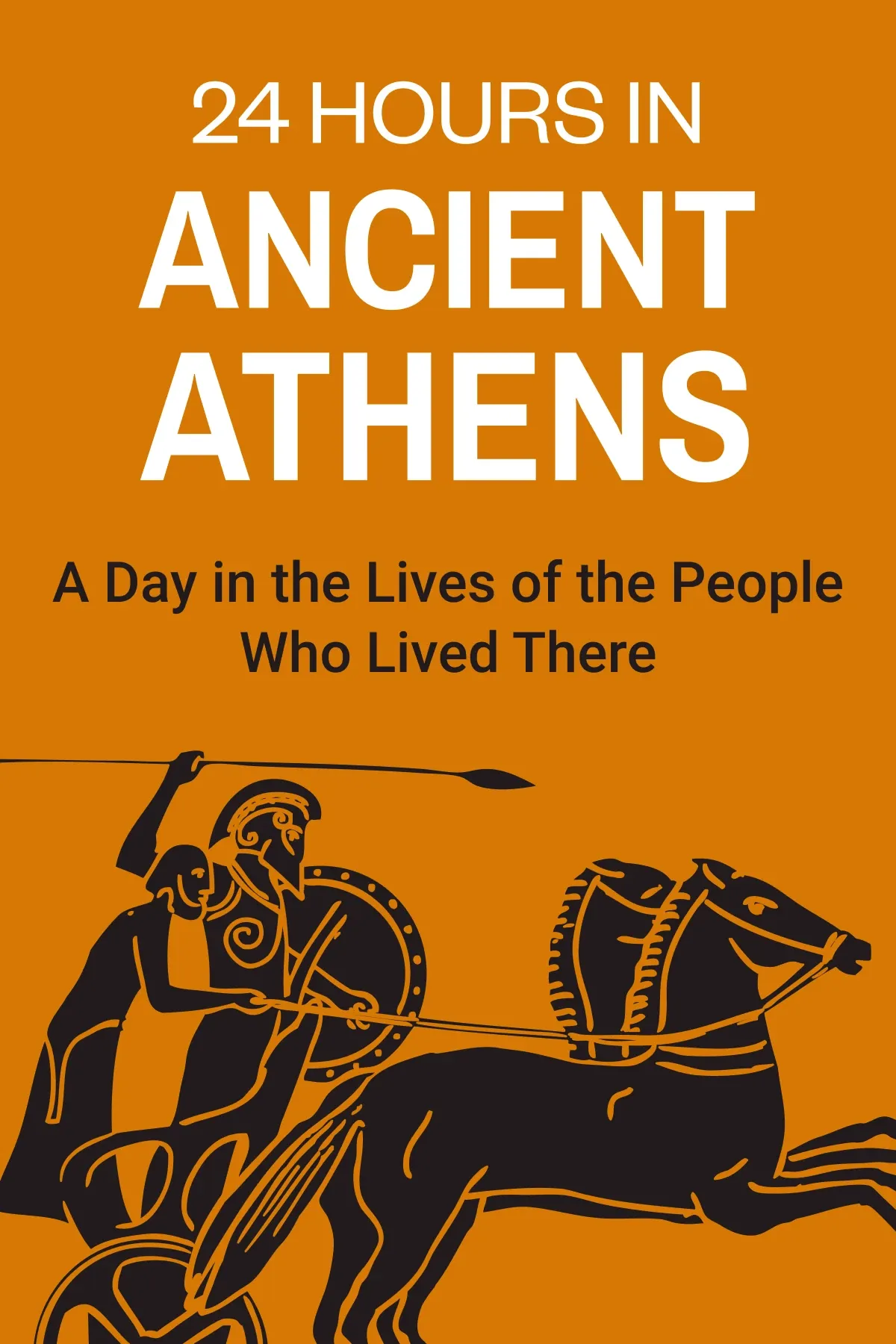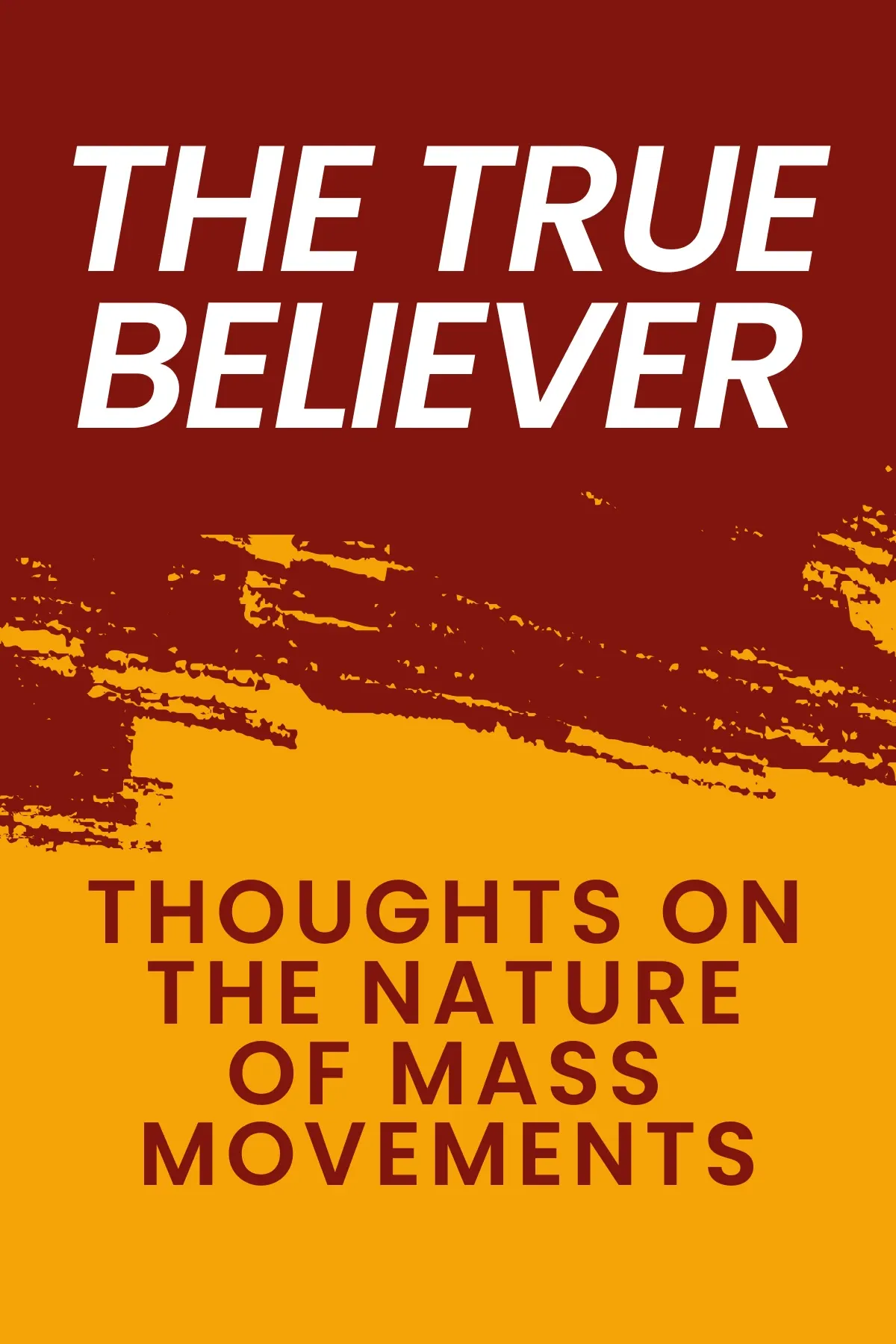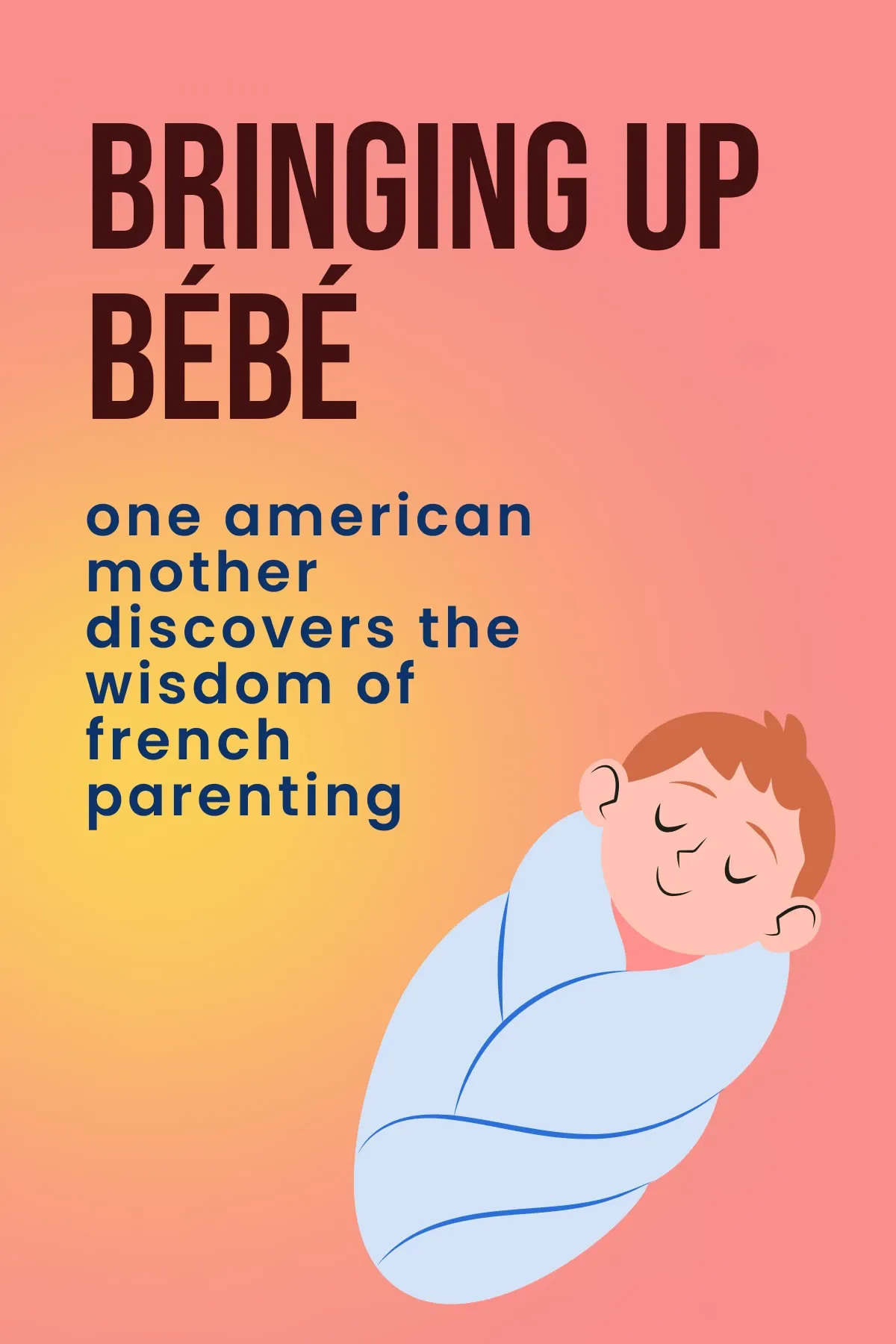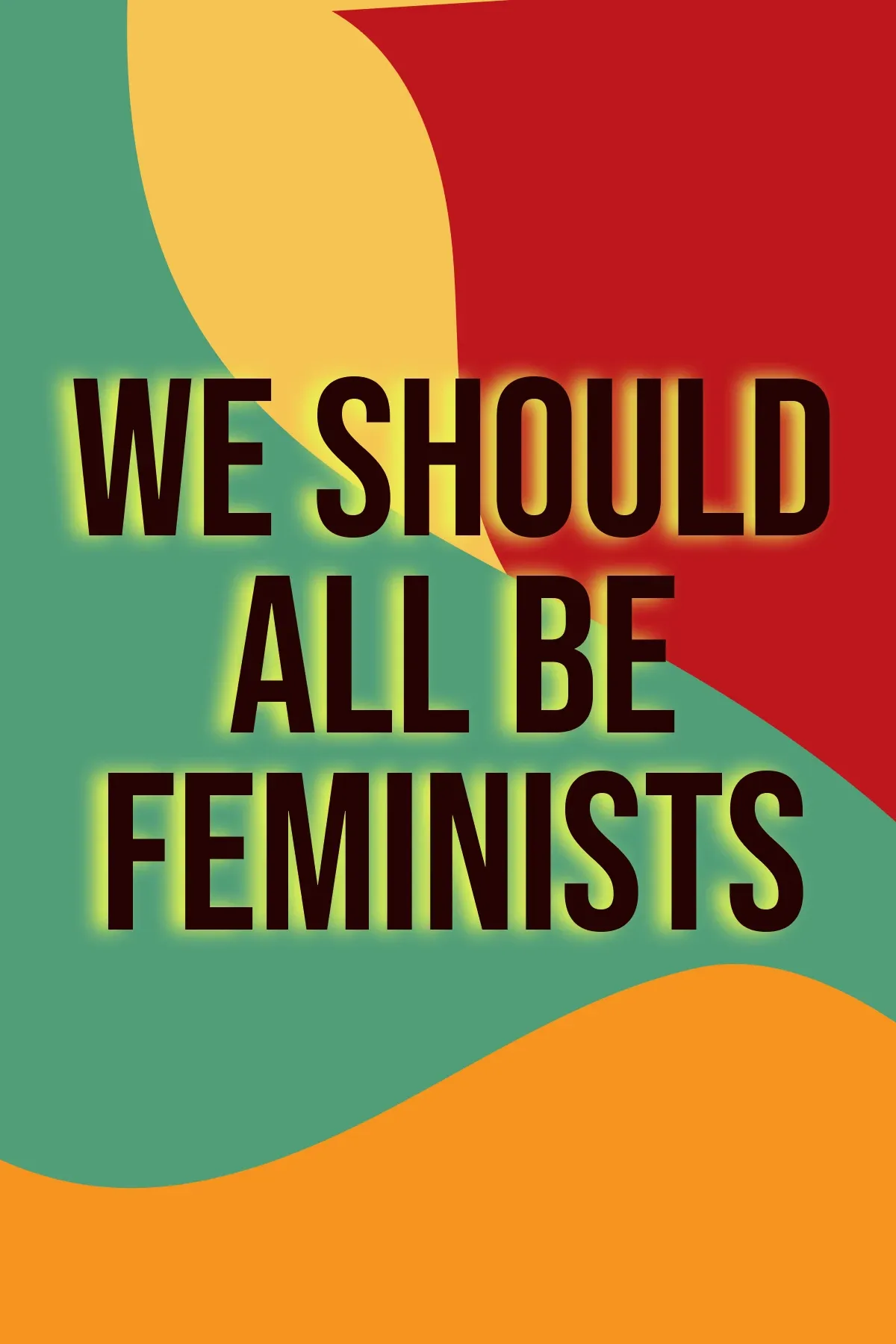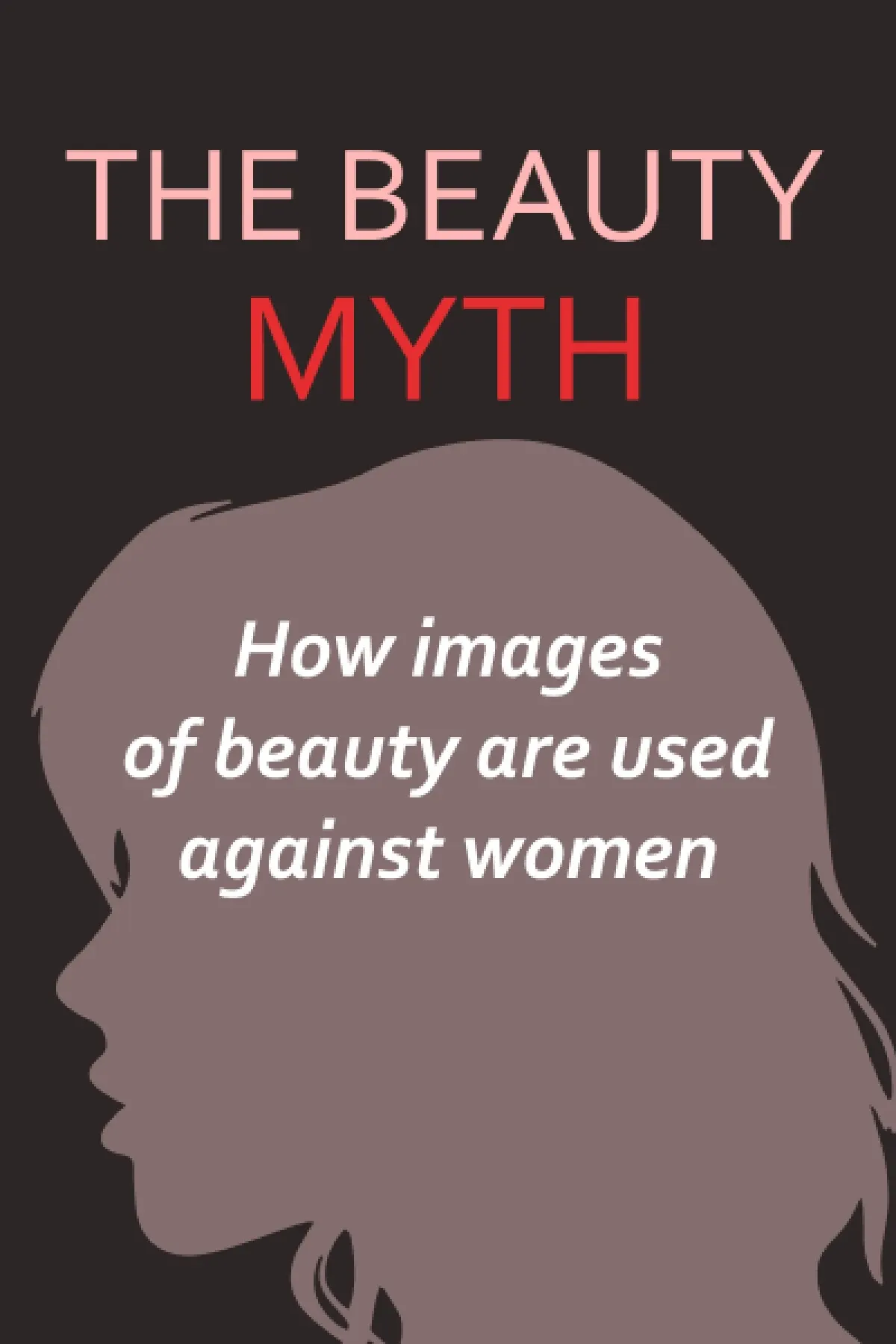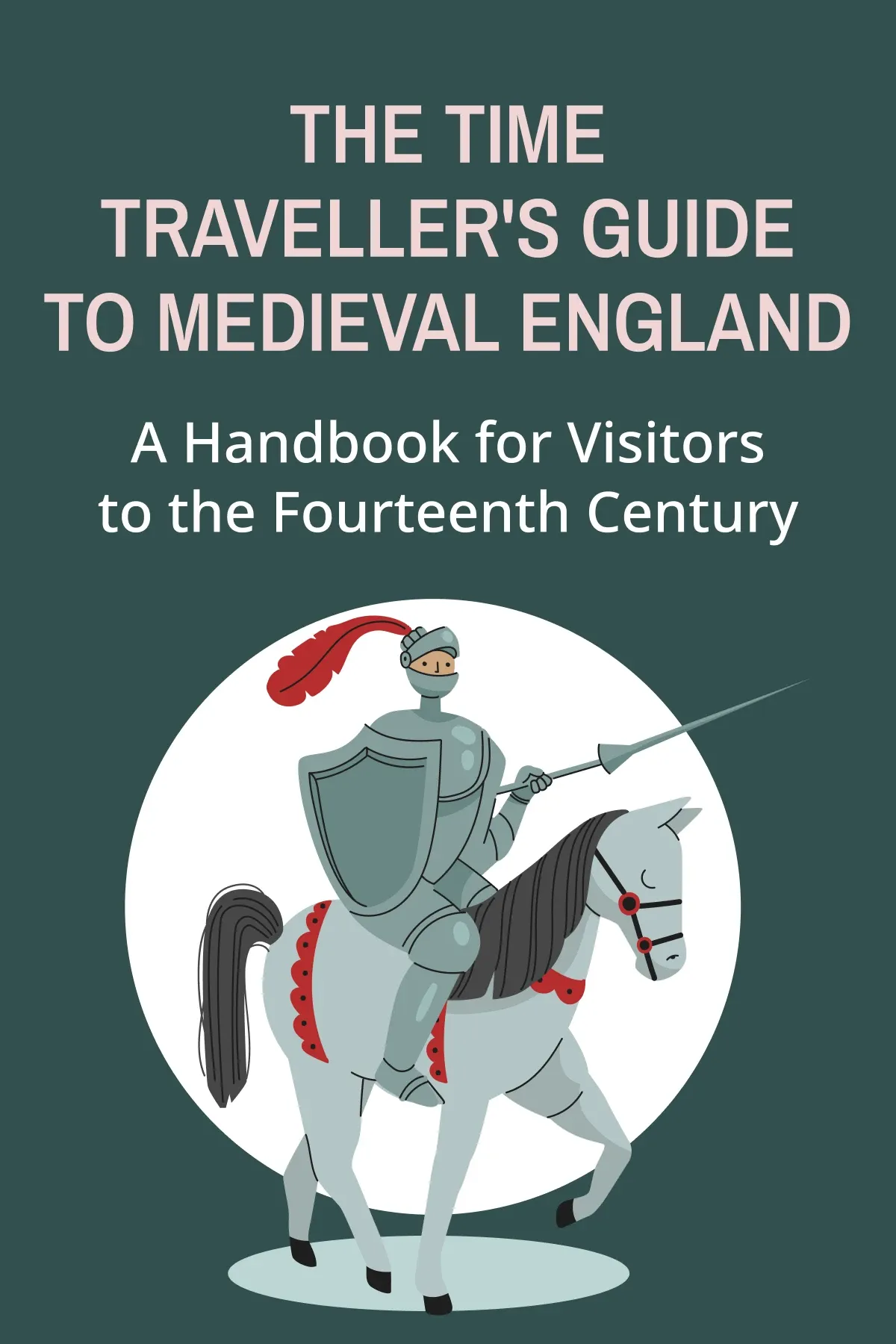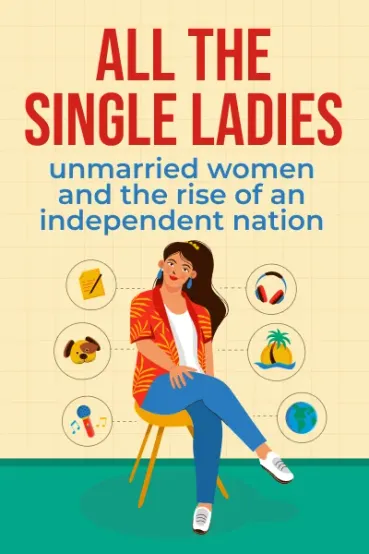
All the Single Ladies
Brief Summary
“All the Single Ladies” by Rebeca Traister explores the historical and social factors that have influenced the lives of single women in America. You will find advice on how women can find fulfillment and support through platonic friendships and self-made families. The book challenges the idea that marriage is the only way to happiness for women.
Key points
Key idea 1 of 10
The institution of marriage in the colonies of America wasn’t just an issue of love but often a matter of survival. Oppressive laws settled limits for single women. That is why it was hard for them to dwell on their own in such a cruel society.
Let’s consider the prohibition against single women owning property as a bright example. In the eyes of the law, they were almost invisible. Some widows had a different position. However, it wasn’t a common practice at all. Usually, women whose husbands had passed away depended on society or relatives.
Legal restrictions weren’t the only trouble. Unmarried women would also face social contempt. A common negative perception of older women with slim prospects of marriage left them no chance to build a happy life.
Fortunately, the American Revolution brought the first changes. Women’s status gained some power. The Revolutionary War took away a lot of men in the 1770s. Consequently, women got more errands. They had to take care of children and work at the same time. Progressive feminist concepts appeared after the French Revolution. American women kindly accepted them.
In the 1850s, the US experienced financial growth and an increase in the birth rate. This created additional social openings in women’s lives. The most crucial change was access to essential occupations. Thus, many women showed their skills and professional qualities. Finally, they could stand without the help of their families or husbands. Moreover, giving birth wasn’t a mandatory condition.
An illustrative example of this transformation is the life of the American writer Louisa May Alcott. Throughout her entire life, she was unmarried. On the other hand, she was advancing in various spheres, including education, childcare, and article editing. Then, she found herself in the publication of her own creations: *Little Women and Little Men*.
You may also like these summaries



